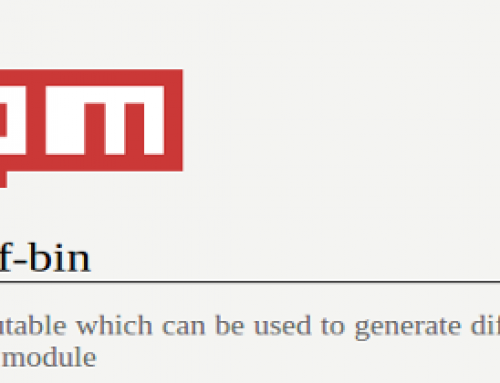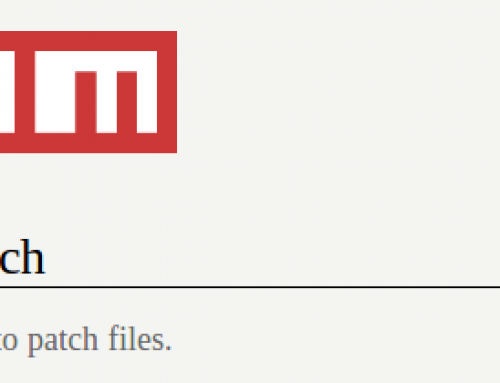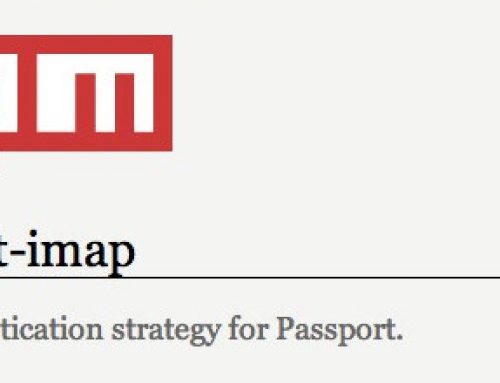Dart is an open source, organized Web programming language established by Google and declared to the public in 2011. Google intended this Web programming language to supersede JavaScript, as it recognizes several key complications with the JavaScript language.
The Dart language is a level-established and object oriented language with C-style syntax. Google engineers describe Dart as facile to pen down development implements for, well-suited to modern app development and are capable of high-performance implementations.
Dart offers a balanced and steady development experience for contemporary web applications. It was disclosed at the GOTO conference in Aarhus, October 10–12, 2011. The motto of Dart is ultimately to supersede JavaScript as the lingua franca of web development on the open web platform. Till then in order to run in typical browsers, Dart counts on a source-to-source compiler to JavaScript. To endeavor performance gains, Google engineers have evolved Dart as well as elongated JavaScript, since “pursuing either strategy in isolation [would be] liable to fail.” However, Dart has had combined reception and the Dart initiative has been blamed by industry leaders for disintegrating the web, in the same way as VBScript.
It fortifies interfaces, abstract classes, reified generics, and optional classifying. Static type explanation do not harm the runtime semantics of the code. Instead, the type explanations that can provide documentation for implements like fixed checkers and aggressive run time checks.
There are three primary ways to run Dart code:
Compiled as JavaScript:
When running Dart code in a browser, the basic destined mechanism is to pre-assemble the Dart code into JavaScript utilizing the dart2js compiler. Assembled as JavaScript, Dart code is adaptable with
all leading browsers with no categorical browser adoption of Dart being needed. Through accumulation of the assembled JavaScript output to avert expensive checks and operations, code indited in Dart can, in some cases, run quicker than equivalent code hand-indited utilizing JavaScript idioms.
In the Dartium Browser:
The Dart SDK ships with a version of the Chromium web browser altered to involve a Dart virtual machine (VM). This browser can run Dart code categorically without assembling to JavaScript. It is destined as a development implement for Dart applications, rather than as an accepted purport web browser. When embedding Dart code into web apps, the current approved action is to load a bootstrap JavaScript file, “dart.js”, which will notice the presence or absence of the Dart VM and load the equivalent Dart or compiled JavaScript code, respectively, therefore assuring browser compatibility with or without the custom Dart VM.
Stand-Alone:
The Dart SDK additionally ships with a stand-alone Dart VM, sanctioning dart code to run in a command-line environment. As the language tools combined in the Dart SDK are indited basically in Dart, the stand-alone Dart VM is a crucial part of the SDK. These tools contain not only the dart2js compiler, but additionally a package management suite called pub. Dart ships with an entire standard library sanctioning users to indite fully functional system apps, such as custom web servers
Dart has faced an uphill climb in its bid to magnetize developers. But this month’s Tiobe Index of language popularity has Dart determinately cracking its top 20 list, ranking 17th with a rating of 1.119 percent, marginally behind Ruby but ahead of Microsoft’s F# language and Apple’s incipient Swift language.The index determines language recognition through a formula that captures searches on sites like Google, Yahoo, and YouTube.
“The adoption of Dart had a slow start after its birth at the terminus of 2011 because engineers were scared that browsers other than Google’s Chrome wouldn’t fortify Dart,” Tiobe said in its index. “And they were right. But now that the Dart-to-JavaScript compiler is mature and claims to engender even more expeditious code than handwritten JavaScript, the Dart language seems to have an effulgent future.”
The ranking of Dart, like Swift, will be quite elusive for a while, Tiobe Managing Director Paul Jansen verbally expressed in an email, but he expects it to stay in the top 20. Tiobe’s report noted some slippage for JavaScript, ranked 12th, and 10th the same time a year ago, but Jansen said it would be hard to conclude JavaScript was slipping based on one data point. The only thing to point out was that the ascent of Dart and the decline of JavaScript might be no coincidence.
Google has developed the supposed benefits of porting from JavaScript to Dart, but the RedMonk Programming Language Rankings had Google’s other major language project, the Go language, making progress while Dart had stopped. Tiobe’s index, however, could accommodate as a clear designator that developers are commencing to take more of an interest in Dart, which was ranked 81st in the index a year ago.









Leave A Comment